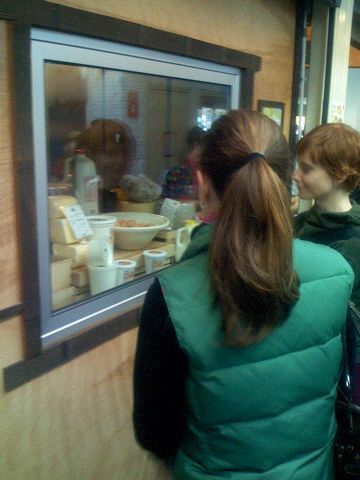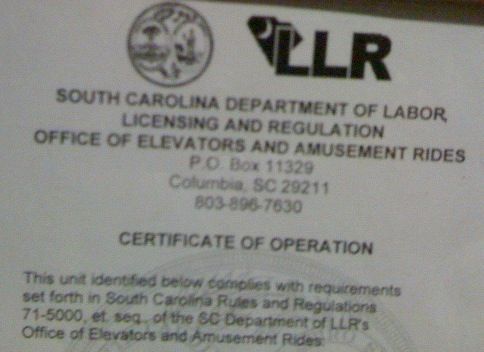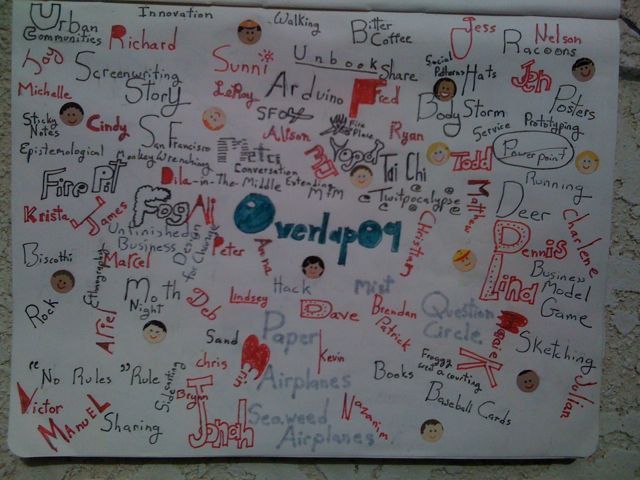Cheese Window of Engagement: Saxelby Cheesemongers in Essex St Market

I look to the retail in the physical world in stores and markets for inspiration on how to better engage customers. This photo of two people in front of what I call the “Window of Cheese Engagement” at Saxelby’s in Essex St Market, NYC is a source of inspiration. I talked about what is going on in this photo during my Placemaking and IA talk at the IA Summit in Miami in 2008. It still awes me, and so I wanted to expand on those thoughts.
There is an incredibly rich level of engagement going on here. The two women are looking at cheese the main product that Saxelby’s sells in addition to milk, butter, eggs and yogurt. The product is close to eye level, it is in a setting (not a product alone by itself), it is well lighted, it is even treated as if in a picture frame. The two women at do more than just looking at the products together, they can talk to each other and with the reflection in the glass even maintain some eye contact if not at least situational/peripheral awareness of what the other woman is looking at and what her facial reaction and body language is. WOW! That is so much more being done than we right now struggle with in the online spaces. They do such an great job on supporting product, product placement and context, shopping as a social experience, co-shopping, and cross-selling. The Window of Cheese Engagement falls into the category of a pilgrimage shopping ecology (though it even pulls in the milk category, which is usually fits into the utilitarian shopping ecology.
References
Shopping Ecologies Powerpoint
Shopping Ecologies Whitepaper
Placemaking Presentation done at Miami IA Summit 2008
Article on Saxelby’s The best Cheese Shop in NYC (New York)
Saxelby Cheesemongers Website


